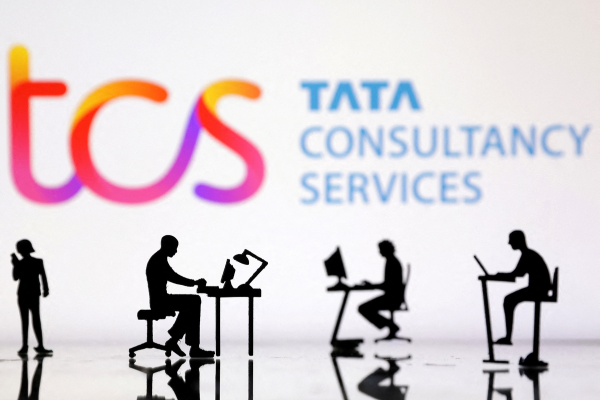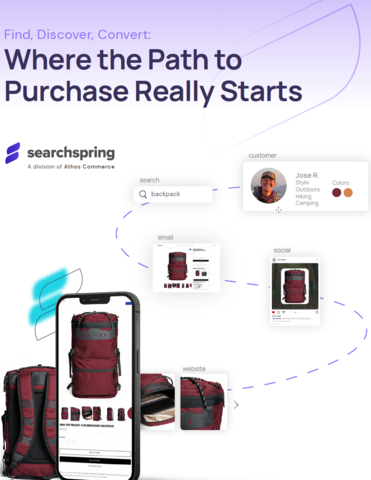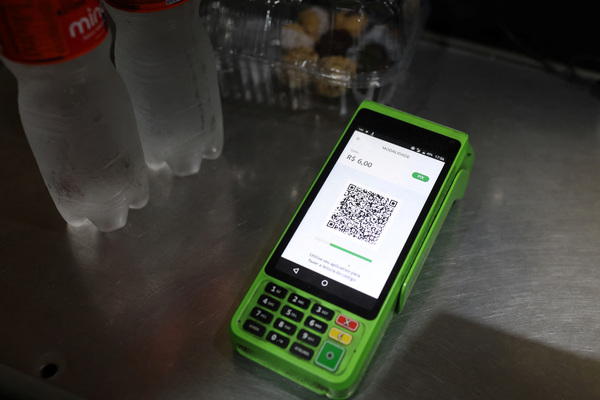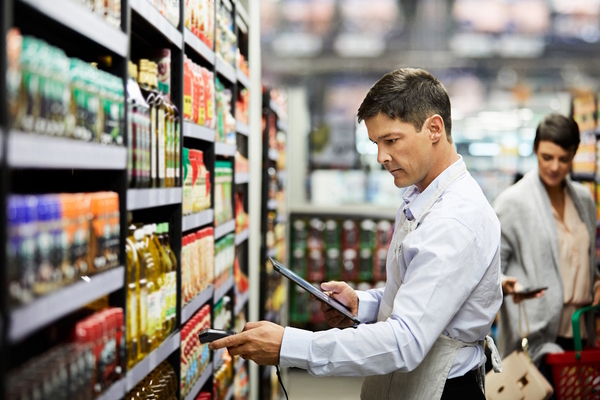Smart shopping: AR and VR in retail
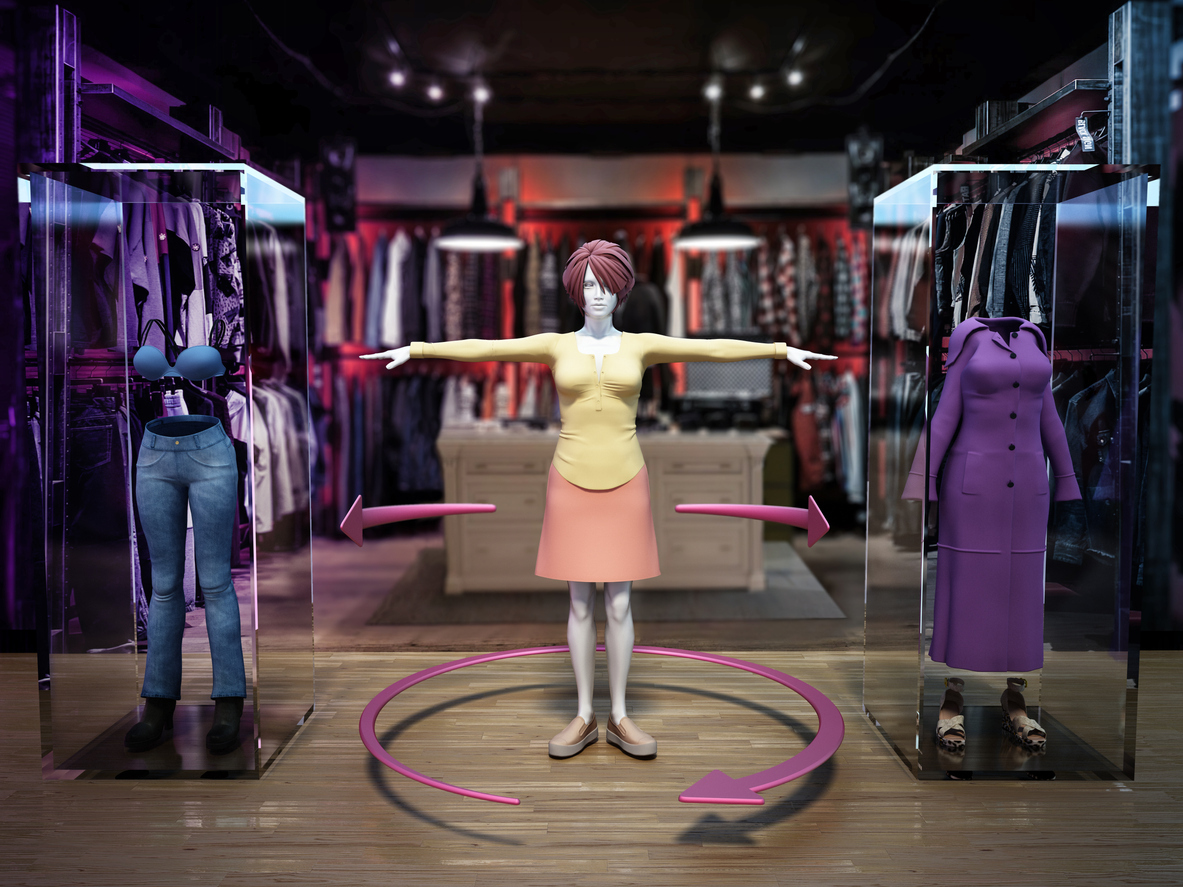
For some time, many high street retailers have been struggling against the competition provided by e-commerce. Even those with successful websites are often outcompeted by online marketplaces, such as Amazon, that frequently offer wider ranges and greater convenience, and sometimes cheaper prices.
But retailers are using technology to fight back. Smart shopping in the form of augmented reality (AR) and virtual reality (VR) is beginning to make a difference to the way consumers feel about high street retail brands.
The two technologies are very different. With AR, people get an additional stream of sensory information to augment their experience of the physical world. This is sometimes delivered as visual or audio information provided from a wearable device such as a set of smart glasses. More often, though, the AR user will simply see an overlay of additional information on their smartphone’s screen when they use the video camera to film their surroundings. Crucially, the AR user is totally aware of the world around them.
With VR, there is a very different experience. The customer wears a headset (or even a complete suit) that provides an alternative (as opposed to augmented) version of reality that is experienced through sight, sound and potentially touch.
This difference means that AR users can still function normally as they go about their day to day lives, including when shopping; however, VR users must experience their new reality in a safe environment, at home or perhaps in a specially adapted area of a shop that has been set aside for them. Crossing a busy road wearing a VR headset might not be advisable, not least because of the odd looks you would get.
Augmented reality in retail
The numbers are still small for AR in retail: only about 1 per cent of retailers are experimenting with the technology and the AR-in-retail market size was valued at just $2 billion in 2021. But it is growing fast and is estimated to reach $61.3 billion by 2031, a CAGR of 41.4 per cent from 2022 to 2031.
Retailers in the UK are starting to use AR to enhance the shopping experience: as well as Apple, non-tech retailers including Harrods, Tesco and IKEA have all started experimenting. These early trials are showing that AR is giving retailers several opportunities to enhance the customer experience.
Providing product information: The fundamental use case for AR is to provide customers with additional information about products, such as ingredients, assembly instructions or contact details. This can help them make informed buying decisions and get the most out of their purchases. In addition, in larger stores AR can provide information about product locations – something that could reduce frustration levels in UK supermarkets!
Providing virtual try-on experiences: AR can be used to allow customers to try items before they buy them. Clothes (H&M, for example), make-up (L’Oreal) and glasses (SmartBuy) can be worn virtually before they are bought. This use of technology works well in store, although it can also be useful for the home shopper, for example enabling them to visualise how a new piece of furniture (IKEA) or colour of paint (Dulux) would look in their home.
Creating interactive shopping experiences: Shopping isn’t always a lot of fun. AR can be used to create interactive shopping experiences that engage customers such as product demos or customisations. Perhaps the real win here, though, is to entertain bored partners and children with, for example, games, such as virtual treasure hunts in stores.
Strengthening marketing communications: A major opportunity is to use AR for marketing – personalised vouchers, perhaps based on demographic profiles or in-store browsing behaviour, can be offered. Emails and advertisements in magazines can be enhanced with extra content including video. Customers using AR apps can be given personalised recommendations based on their online shopping history and preferences. And promotions can be geofenced as a way of pulling shoppers into stores they are passing.
Virtual reality in retail
VR is less of a growing phenomenon in retail than AR. This is because the need to wear a headset limits its use in high street stores. Of course, far fewer people own VR headsets than mobile phones so its use at home is also constrained (only 6 per cent of people in the UK own a VR headset). However, the global VR-in-retail market is projected to reach $5.455 billion by 2028, growing at a healthy СAGR of 13.82 per cent from 2022.
VR can offer many of the benefits of AR to retailers. For instance, customers can see virtual product demos or be shown additional information about them. And virtual product try-ons are possible.
However, VR can go further in some circumstances by allowing customers to experience a virtual environment. Perhaps walking round a virtual shop will appeal to only a limited set of people (what’s wrong with a catalogue?), but in some circumstances VR can offer a truly engaging experience. Imagine “sitting” in a new motor car or “walking” along a tropical beach: VR makes commercial experiences credible and available anywhere.
In fact, VR transforms experiential marketing and has the potential to turn ordinary linear TV advertising into a genuinely attractive brand encounter. Perhaps it will be this that finally funds the development of the metaverse that Mark Zuckerberg has bet the farm on.
There is nothing particularly new in this idea. An early version of virtual reality world Second Life hosted advertising for a variety of brands 20 years ago. Today, the ability to create engaging 3D advertising at ever-lower costs, combined with the powers of Big Data analytics to deliver highly personalised messaging, may well transform the opportunities for VR marketing.
But only if enough people use virtual environments. And perhaps they already are: virtual worlds already exist in the increasingly lifelike environments provided by video games. While engagement with the content of the game is strong and discourages some advertisers from running traditional adverts, the use of product placement as well as ambient advertising may well provide an opening that is lucrative both for the advertiser and the games publisher.
Future of retail technology
AR and VR are set to stay, and grow, in retail. Strong use cases for certain sectors – fashion, travel motor, furniture – will expand out to other sectors as mainstream consumer brands start to realise the power of these technologies.
Retailers will seek ways of streamlining the in-store customer experience in other ways, such as by enabling instant purchase by people viewing products through smart glasses or other AR and VR applications. Furthermore, desperate to turn stores into destinations, retailers will increasingly use AR and VR to create new reasons to visit shops.
The possibilities seem almost endless, and we are only at the very start of this journey.

Jeremy Swinfen-Green
Most Viewed
Winston House, 3rd Floor, Units 306-309, 2-4 Dollis Park, London, N3 1HF
23-29 Hendon Lane, London, N3 1RT
020 8349 4363
© 2025, Lyonsdown Limited. Business Reporter® is a registered trademark of Lyonsdown Ltd. VAT registration number: 830519543

